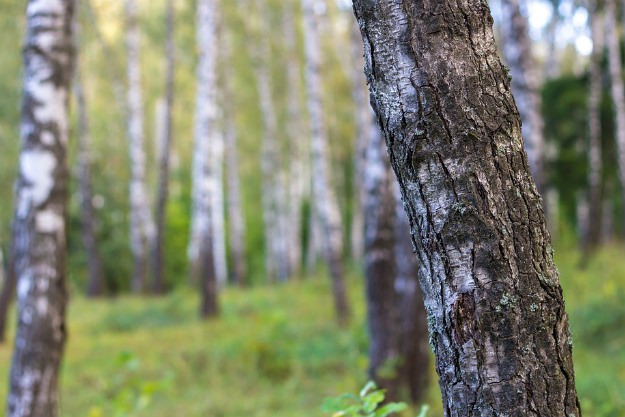
www.theblaze.com
Is JD Vance smart or just slick?
JD Vance delivered a stellar performance in last Tuesday's vice presidential debate, earning praise as a PR win for team Trump. His reasoned responses to the less-than-dispassionate CBS News moderators and the mistakes of his opponent left many viewers feeling that Vance had done his job well. He remained polite and magnanimous while addressing the often left-leaning questions and handled Tim Walz’s stumbles with composure. Watching the debate, I was impressed by Vance’s calm demeanor and verbal skill. I told my wife, who agreed, that Vance is among the most capable and likable politicians we’ve seen in some time.
And yet both the left and right criticized his performance. Peevish commentators on MSNBC expressed frustration that Vance came across as “slick” and felt he wasn't challenged enough. They argued that Walz should have been more aggressive in highlighting Donald Trump’s controversial past, including his alleged role in the January 6 events and sordid associations with sexists. According to the women on “The View,” Walz might have benefitted from a more confrontational approach, even hurling obscenities to shift focus from Vance’s “lies.” Such tactics, they suggested, might have been the only way to prevent the “artful reactionary” from swaying the public.
Vance didn’t create feminist anger and resentment, but he must address it as a politician.
A feminist acquaintance of mine was annoyed that Vance was allowed to borrow Kamala Harris' narrative about growing up in modest circumstances. She claimed that Vance’s accounts during the debate of his impoverished upbringing in Appalachia were entirely fabricated, suggesting that his bestselling memoir “Hillbilly Elegy” was equally untruthful. I dismissed such criticism as woke-driven madness and irrelevant to what I saw during the debate.
However, the traditionalist right also critiqued Vance’s performance, and I find those concerns more compelling. My friends Dan McCarthy and John Zmirak both thought Vance ceded too much ground to the left. McCarthy argued that the moderators forced Vance into answering questions “within a left-wing framework.” For these critics, and for me, Vance appeared to be trying too hard to appease the “childless cat ladies,” a group that may ultimately be unappeasable. For example, Vance should not have apologized to the feminist left for not being sufficiently attentive to its concerns.
Like other critics on the right, I was troubled by Vance’s eagerness to provide federally funded childcare for working women. Why should the government pay out tax dollars to women who take positions outside the home and then look for others (whom the state is supposed to reimburse) to take care of their offspring? If we wish to shower public funds on women with children, then let’s give that money to mothers who stay at home watching their kids. If it were possible, I’d keep the government out of family matters entirely, because I see no evidence that public administrators can refrain from social engineering whenever the opportunity presents itself.
I also felt that Vance conceded too much to the left, but I wondered if he had any other options. He faced a tough situation. Tens of millions of feminist voters remain focused on “abortion rights” and related issues in their fight against what they see as a long-gone male-dominated society. Vance didn’t create this anger and resentment, but he must address it as a politician.
Moreover, Vance entered last week’s debate after enduring months of media criticism for his past sarcastic remarks about women who chose to remain childless and preferred cats over children. Although he made those comments years ago, the media, consistently supporting the state party, kept the public’s attention on his supposed missteps. For the past three months, his efforts to clarify his comments about childless feminists and his views on abortion have been used to further erode his popularity.
Vance’s acceptability rating lagged more than five points behind Walz’s by the time of the debate. This disparity raised concerns, especially since Vance had performed well in interviews with hostile networks, while Walz avoided even friendly media encounters. After the debate, Walz maintained a slight lead over Vance in popularity.
It’s clear that Vance worked to win over women with left-leaning views on social issues. In a close race that shouldn’t be as tight, Vance did what he needed to as a debater. If he didn’t sound fully like a traditionalist on some issues, that wasn’t entirely his fault. As John Zmirak points out, Vance’s responses highlighted the frailty of American conservatism.

















